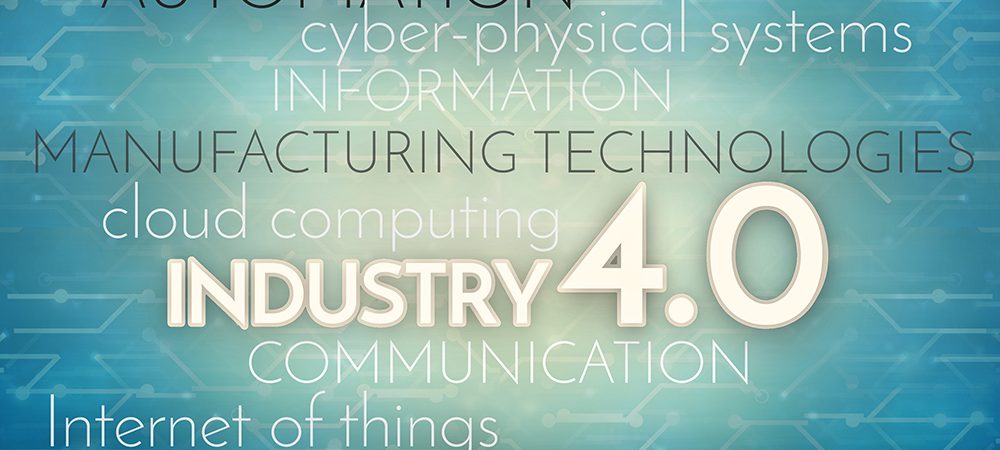Baljeet Nagi, ECEMEA SCM Strategy Leader at Oracle, provides four important steps for delivering an Industry 4.0 factory and supply chain.
Also referred to as the next industrial revolution, Industry 4.0 is synonymous with smart technologies such as Artificial Intelligence (AI), cloud computing, Blockchain and the Internet of Things (IoT). It is expected to drive efficiencies and increase competitiveness in the manufacturing industry via faster, more agile internal processes and supply chains.
In Africa, several developments (such as the adoption of the African Continental Free Trade Agreement by 44 countries across the continent and signals that China will offshore some of its manufacturing in the near future) are presenting opportunities for organisations that adopt Industry 4.0 technologies to capture significant market share and gain global relevance.
In Kenya, for example, we already see Industry 4.0 technologies being utilised to address security concerns, including safety within communities, road safety and the safety of individuals using online platforms. It has become apparent that tech and policies are important factors when creating a safer society. Take, for example, initiatives like Smart and Safe Kenya Transport (smarTTrans) who employ technology, analytics and policy experiments to save lives and help foster greater inclusive growth for Kenyans.
Industry 4.0 is, in fact, how Africa will remain on the map with global organisations and individuals embracing this trend to remain competitive. We see companies like NIIT emerging as pioneers for quality IT training and education, resulting in over a million Nigerian students receiving upskilling in the latest IT programmes that are mapped to industry requirements and international vendor certifications. In doing so, it solidifies the country’s potential thanks to a talent pool equipped with a futuristic skillset.
In this new era, winners will not be determined by size or strength, but by their ability to respond quickly to shifting market requirements, driven by consumer demand for ever-higher levels of customisation. Importantly, this agility must be delivered not only on the factory floor but throughout the entire supply chain, hence the importance of upskilling the youth and other industry players.
Step one: Establish a baseline and build a vision of a future state
For organisations committed to delivering on the promise of Industry 4.0, the first step is to understand what their current capability and technology landscape looks like, across the whole value chain. What capability for measuring the performance of each asset is currently in place?
Does the core application stack (including ERP, CRM, SCM, etc) support integration with new technologies like industrial IoT platforms, Blockchain and AI? What are the current capabilities in terms of data capture, management and analysis? With these questions answered, organisations can unpack and define what their future state looks like and pinpoint exactly where modernisation needs to occur.
Step two: Focus on delivering data acquisition, data analysis and digital execution
The entire Industry 4.0 supply chain is built on the ability to capture and analyse data and automatically optimise outcomes – often turning to technologies like IoT and AI. To meet this requirement, organisations must be able to manage vast amounts of data, from both internal and external sources and orchestrate execution based on the analysis of this data (i.e., within the factory, and throughout the supply chain, even up to the end client).
For other organisations, this requirement raises questions about the IT infrastructure that is in place, particularly in terms of its suitability to provide for this integration and orchestration, and about the analytical capabilities of the workforce.
To capture maximum benefit from these technologies, leaders must focus on the capability to orchestrate data between them and core systems. Take, for example, the implementation of automation and how systems are now designed with a built-in quality management feature that eliminates potential human error in the quality process. These automated systems immediately compare inspection dates to specifications and alert the servers when discrepancies arise. Using this data, managers can then force a shutdown of production to prevent the situation from escalating.
Step three: Share your plans
For this process to be successful, leaders will need to ensure that all stakeholders involved are pulling towards the delivery of the strategic vision. This means ensuring that the various lines of business, technology partners and up-and down-stream partners are prepared for the changes coming in the organisation. Collaboration, both internal and external to the organisation, is critical for the success of the broader project.
Industry 4.0 presents a fantastic opportunity for a revival of manufacturing across the continent. To deliver on this opportunity, leaders will need to understand exactly where their organisation is today and where it plans to be in the future. Only then can they focus on developing a data-led business and building a shared understanding of how to get there.
Step four – Future of sustainability
Disruptive technologies such as the Internet of Things (IoT), Artificial Intelligence (AI), Big Data and Blockchain are driving unprecedented environmental and business innovation by supporting real-time data collection and holistic decision-making that includes environmental impact. From thriving start up communities to large companies, organisations are leveraging these technologies to deliver new solutions – and, in many cases, to build entirely new business models, such as the sharing economy.
Click below to share this article

